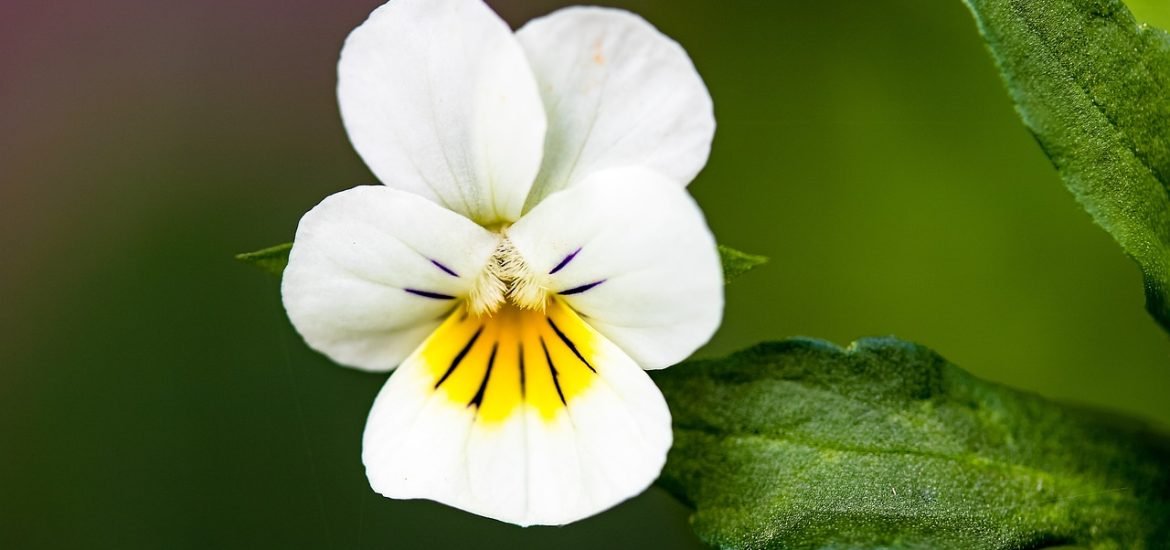
Flowering plants are finding alternative ways to grow without insect pollinators, according to a study published in the scientific journal New Phytologist. As the number of pollinating insects decreases, flowering plants are evolving towards self-fertilisation.
A team of researchers from CNRS and the University of Montpellier, France, compared field pansies growing in Paris today with pansies from the same areas resurrected in the laboratory from seeds collected between 1992 and 2001. Results show that today’s pansies are 10% smaller, produce 20% less nectar, and are visited less by pollinators than their 90s ancestors.
The authors believe the decline in pollinator populations in Europe triggered this surprisingly fast evolution. Studies show that over 75% of the biomass of flying insects has vanished from some areas in the past 30 years.
The team identified a vicious circle in which the decline in pollinators reduces nectar production by flowers, which in turn further aggravates insect decline. These results underline the importance of developing measures to stop this phenomenon as quickly as possible and protect the interactions between pollinators and plants.
“Our study highlights the potential of natural populations to respond quickly to environmental changes. However, such evolutionary responses may have impacts on ecological interactions, here plant–pollinator interactions, and potentially cascading trophic consequences in ecosystems,” write the authors. “There is thus an urgent need to investigate whether these results are symptomatic of a broader pattern among angiosperms and their pollinators, and if so, understanding whether there is a possibility to reverse this process and break this eco-evolutionary-positive feedback loop.”
Acoca-Pidolle S, Gauthier P, Devresse L, Deverge Merdrignac A, Pons V, Cheptou PO. Ongoing convergent evolution of a selfing syndrome threatens plant-pollinator interactions. New Phytol. 2023, doi: 10.1111/nph.19422